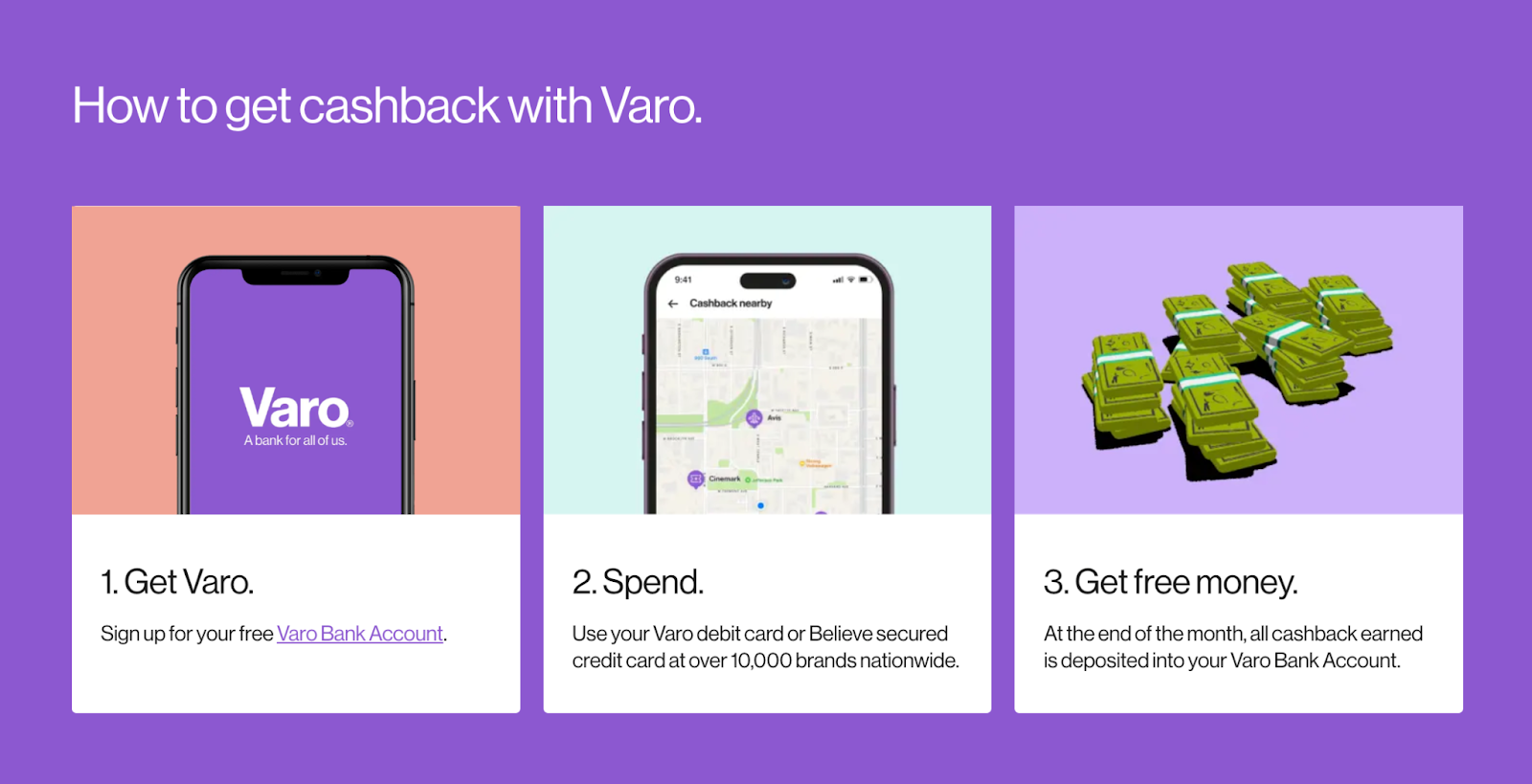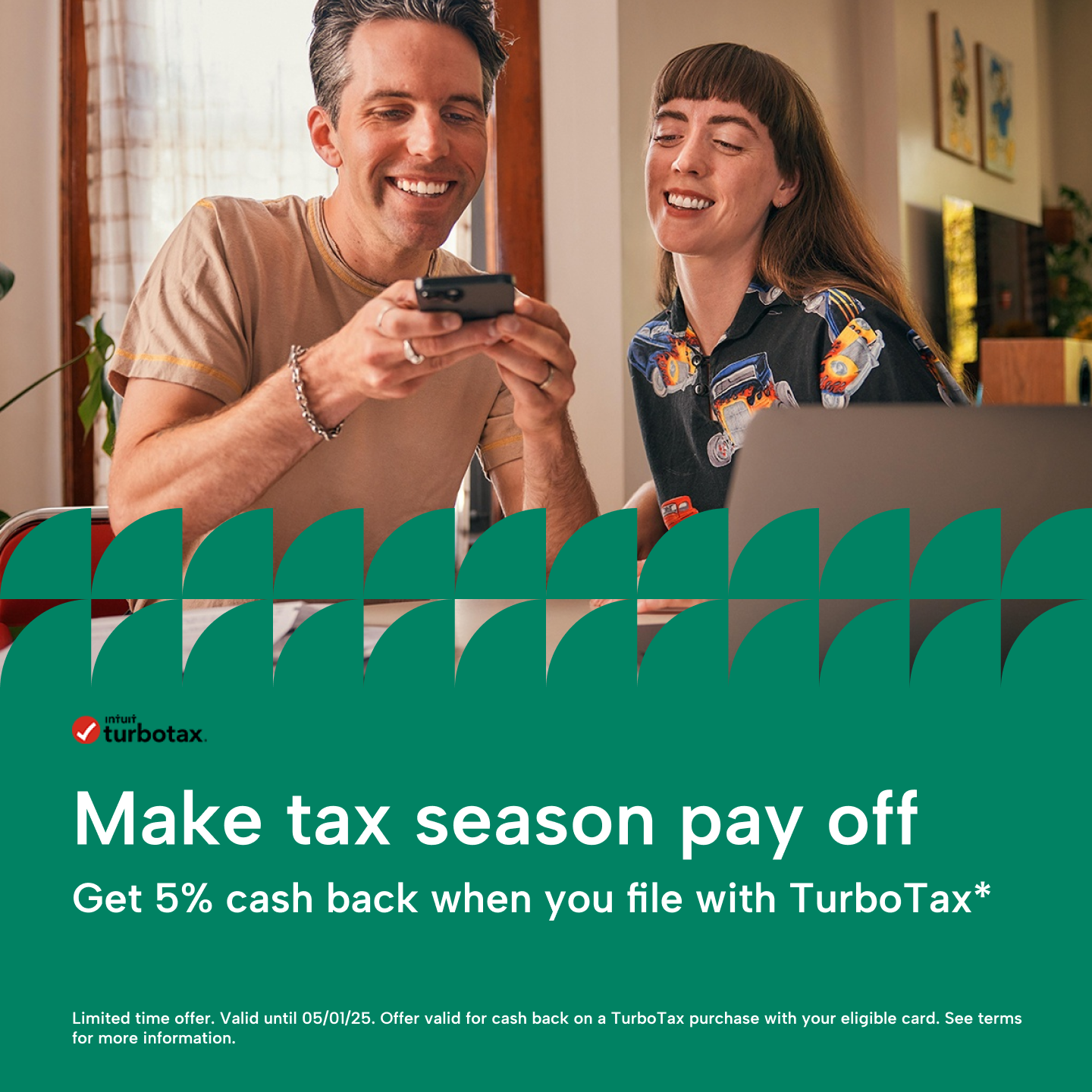Rewards programs are one of the biggest investments banks and fintechs make to attract and retain cardholders. The CFPB reports US consumers redeemed a whopping $35 billion in rewards back in 2022. Done right, these programs boost cardholder engagement and drive up LTV.
But here’s the thing: some consumers don’t even know rewards exist.
While 71% of Americans have a rewards card, nearly a quarter of them haven’t redeemed any rewards over the past year.
That’s a huge loss — not just in maintenance fees, but in cardholder loyalty, too. Why should they continue to use a card they don’t feel they’re getting value from?
The problem here isn’t the rewards themselves, it’s how they’re marketed. At Kard, we get an exclusive view into how top issuers like Atlas and BM Technologies, Inc. are approaching their rewards programs.
Below, we outline what we’ve learned from working with them and share a step-by-step template for your next rewards campaign.
4 Principles of effective rewards marketing
Based on what we’ve seen from top-performing banks, fintechs, and platforms, the best rewards messaging is:
1. Relevant
A Gen Z cardholder won’t be excited by retirement perks, and someone on a budget isn’t going to book a luxury hotel, even with a discount.
To stand out among other fintechs and banks, you have to make your rewards personal. They should make sense given a cardholder’s:
- Age. Our 2025 Consumer Report has a wealth of data around the differences between older generations and Gen Z and Millennial buying triggers, values, and spending patterns.
- Income. Younger folks may not have the funds to stay at a luxury hotel — marketing an offer for Ritz Carlton, for example, won’t make sense.
- Geography. Sending cardholders regional offers makes it feel like you really know them and care about giving them the most relevant deals.
- Habits. Highlight the offers that make the most sense given their spending in specific categories, time of day or time of week they spend, etc.
- Previous behavior, such as past purchases at your brand or partner brands.
Rewards platforms like Kard can help you segment your offers to make sure you’re sending the right message to the right person at the right time.
2. Simple
Nobody should have to read a whole blog post to understand a reward. Cardholders want to know what kind of discount they’re getting and how long they have to get it.

If it takes more than a few seconds to understand the benefit, it’s too long. Keep your messaging short and value-focused:
- Add recognizable merchant logos to your rewards marketplace so they know you partner with brands they actually like and care about
- Emphasize the value, whether it’s cash back, points, or discounts — and how much
- Add a clear call to action like “Activate,” “Apply,” or a simple “+” sign to add to their wallet
3. Urgent
Consumers are more likely to act when they know they’re on the clock. Limited-time offers and expiration dates prompt them to take action, so:
- Highlight expiration dates and limited-time offers
- Promote deals ahead of launch to build anticipation: “Mark your calendar for 6% back at X this Friday”
- Remind users as deals approach their end date to create urgency

4. Consistent
BCG reported loyalty program engagement dropped by 20% last year, largely because consumers didn’t feel they were getting ongoing, “tangible value.” Yet 85% of users ranked points, cash back, and promotions as top program benefits.
Rolling out offers every month (even every week) reminds users that your perks exist and shows your commitment to delivering as much value as you can to your cardholders.
A 5-Step Campaign Framework
It can be hard to know how to incorporate these four principles when marketing rewards, so we made you a template. Here’s what a successful rewards marketing campaign looks like:
Phase 1: Launch
This is the point where you want to introduce new offers. Use emails or push notifications to spotlight specific brands, item-level discounts, and deadlines.
For example: “Bella, you’ve got 6% back at Café X! Activate by June 30.”
As we've discussed, urgency and personalized messaging help nudge users toward making a purchase.
Phase 2: Social visibility
Don’t let rewards stay buried in the app. Reach users where they already spend time — on Instagram, TikTok, and X
Per the Wall Street Journal, Millennial and Gen Z consumers use their cards at restaurants over 70% more often than older spenders, so you may want to consider promoting food-related deals on social media first.
Pair a message like “Take advantage of dessert deals downtown this weekend. Get 5% back with your card!” with a picture or video of several young consumers enjoying some ice cream.
For extra engagement, you could ask users to share their savings stories or favorite cash back offers and feature them on your page.
Phase 3: Mid‑campaign reinforcement
You always want to stay top of mind, but you also don’t want to be too in-your-face.
Space out cash back offer reminders over your campaign and try to gamify them or create a little bit of FOMO. For instance, you might send a push notification that says, “You’ve earned $5.25 so far this month. Activate 2 new deals near you.”
You could also try adding a rewards tracker or dashboard to your mobile app so cardholders see their real-time earnings, upcoming expirations, and progress right when they log in.
Phase 4: Feature a hero offer
Every campaign needs one standout offer. Maybe it’s a perpetual 3% cash back offer at a quick-serve restaurant or 5% cash back at a popular electronics company.
We recommend testing which hero offers perform best and rotating them seasonally. For example, feature a tax software discount in Q1, then pivot to travel deals over the summer.

Phase 5: Celebrate redemptions
Remind users that they’ve received cash back as a result of your program — and use it as an opportunity to keep the spend going.
Here’s an example: “🎉 You earned 4% back at Store Y. Redeem more deals now!”
Though it may seem insignificant, microcelebrations reinforce the connection between spending and rewards. And they may even encourage cardholders to recommend the card they have to a peer, friend, or spouse.
Want to be the card consumers reach for first?
Kard’s rewards engine connects your users to cash back offers at brands they know and love, from CVS to TurboTax to Fazoli’s. See how it works.


